Introduction
Security is important for everyone. It keeps us safe from bad things. This guide will help you conduct a comprehensive security audit. A security audit checks your systems for weak spots.
What is a Security Audit?
A security audit is a review of your systems. It finds weak points that could be exploited. It helps you fix these weak points before bad things happen.
Types of Security Audits
There are different types of security audits. Here are some common ones:
- Internal Audit: Conducted by your own team.
- External Audit: Conducted by an outside firm.
- Compliance Audit: Ensures you meet industry standards.
Steps to Conduct a Comprehensive Security Audit
Follow these steps to conduct a security audit:
1. Define The Scope
Know what you are auditing. Define the systems and areas to check.
2. Gather Information
Collect all information about your systems. This includes hardware, software, and data.
3. Identify Threats
List all potential threats. Think about hackers, viruses, and human errors.
4. Assess Vulnerabilities
Find weak spots in your systems. Look for outdated software and weak passwords.
5. Analyze Risks
Determine the risk level of each vulnerability. Focus on the most dangerous ones.
6. Develop An Action Plan
Create a plan to fix the weak spots. Assign tasks to your team.
7. Implement Security Measures
Put your action plan into place. Update software and train your team.
8. Review And Report
Check if your measures worked. Write a report with your findings.
Tools for Security Audits
There are many tools to help with security audits. Here are some popular ones:
- Nmap: Scans your network for vulnerabilities.
- Wireshark: Analyzes your network traffic.
- Metasploit: Tests your systems for weak spots.
- Nessus: Finds vulnerabilities and suggests fixes.
Benefits of a Security Audit
Conducting a security audit has many benefits. Here are some:
- Protects your data from threats.
- Ensures you meet industry standards.
- Improves your overall security posture.
- Identifies areas for improvement.
- Builds trust with customers and partners.
Challenges in Security Audits
Security audits can be challenging. Here are some common challenges:
- Keeping up with new threats.
- Finding skilled auditors.
- Managing large amounts of data.
- Ensuring continuous monitoring.
- Balancing cost and effectiveness.
Frequently Asked Questions
What Is A Security Audit?
A security audit is a thorough evaluation of a system’s security measures.
Why Conduct A Security Audit?
Identify vulnerabilities, ensure compliance, and protect sensitive data from unauthorized access.
How Often Should Audits Be Done?
Conduct security audits annually or after significant changes in the system.
What Tools Are Used In Audits?
Common tools include Nessus, Nmap, and Metasploit for vulnerability scanning.
Conclusion
A security audit is important. It helps you find and fix weak spots in your systems. Follow the steps in this guide to conduct a comprehensive security audit. Use the right tools and stay updated on new threats. Protect your data and build trust with your customers.







Leave a Reply